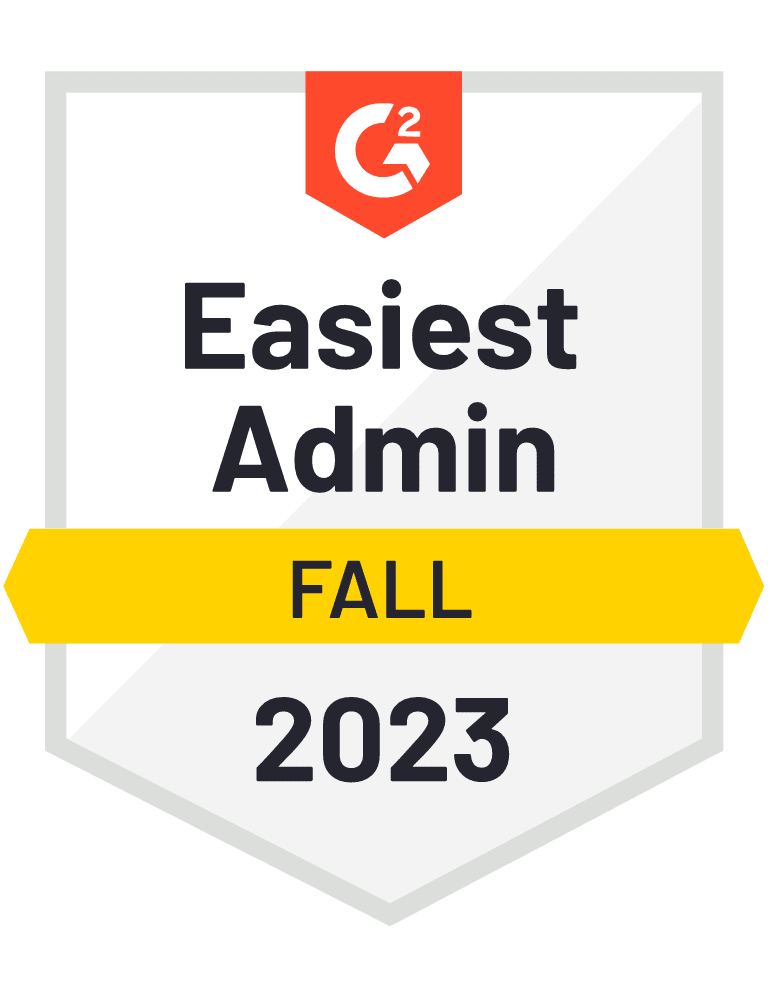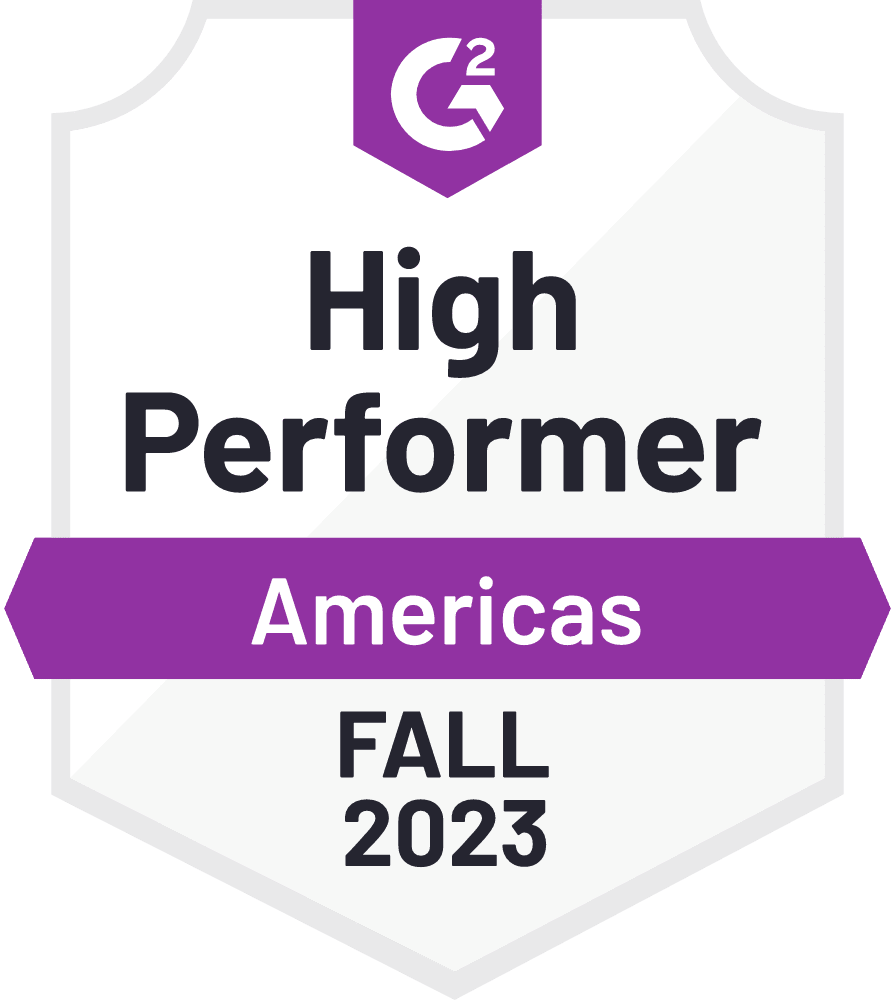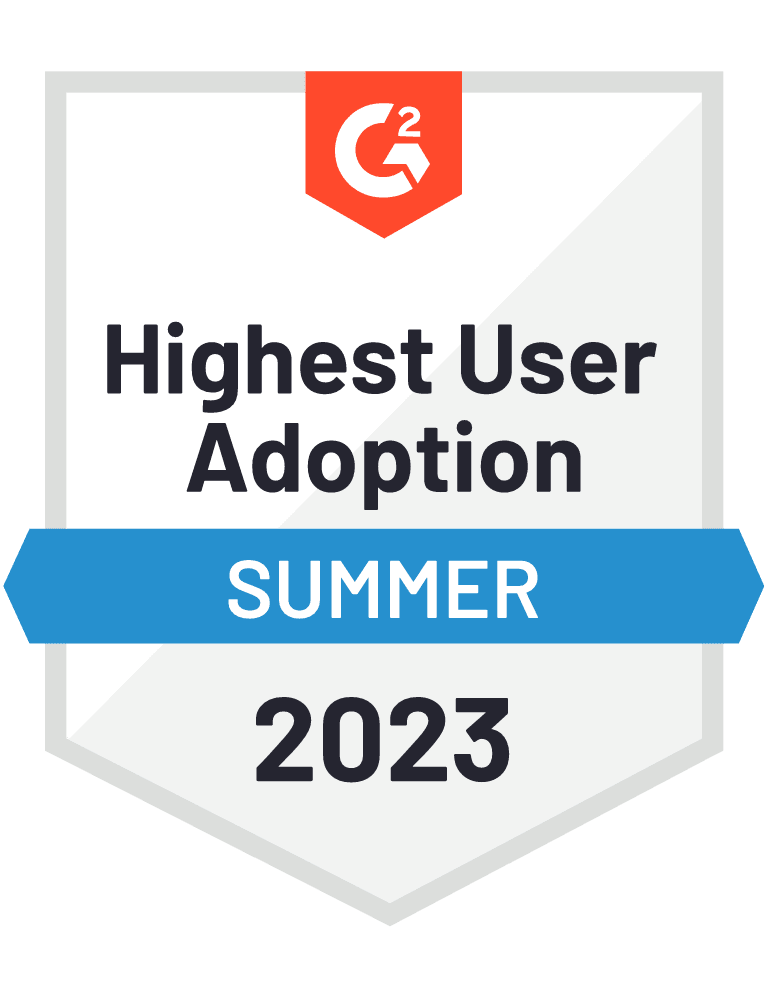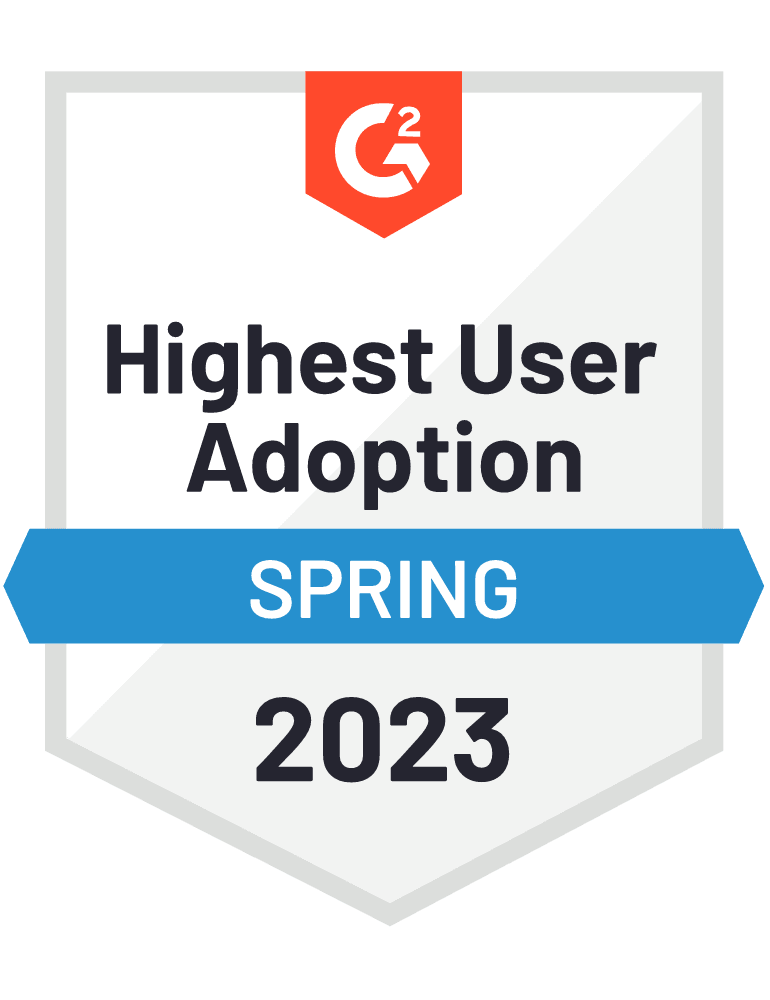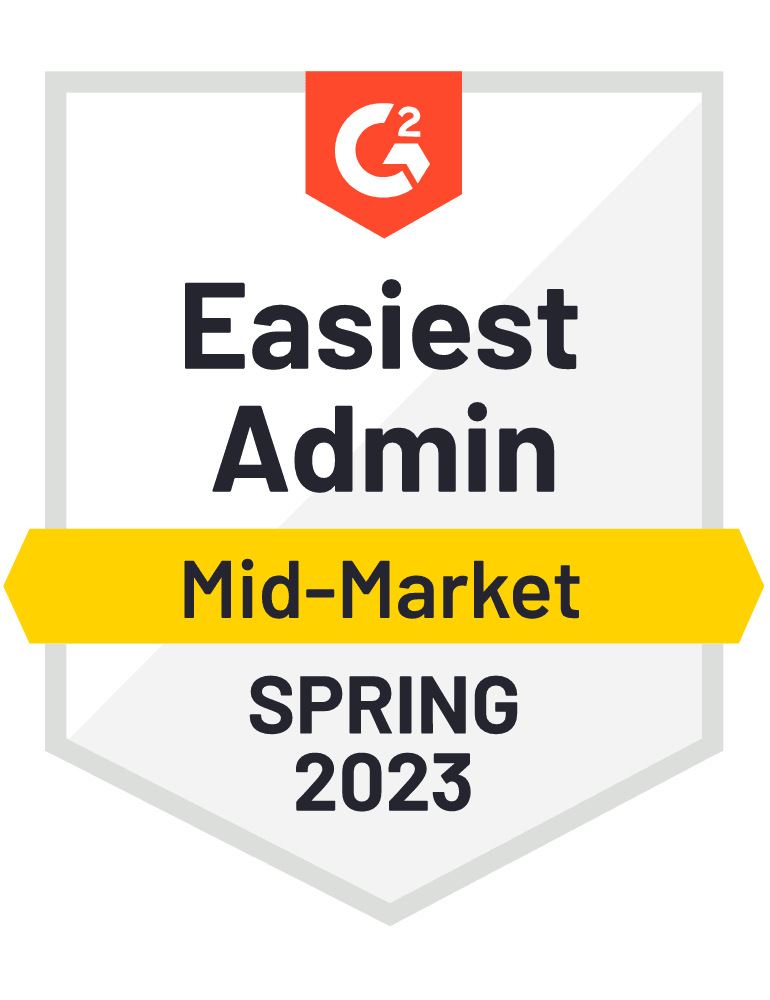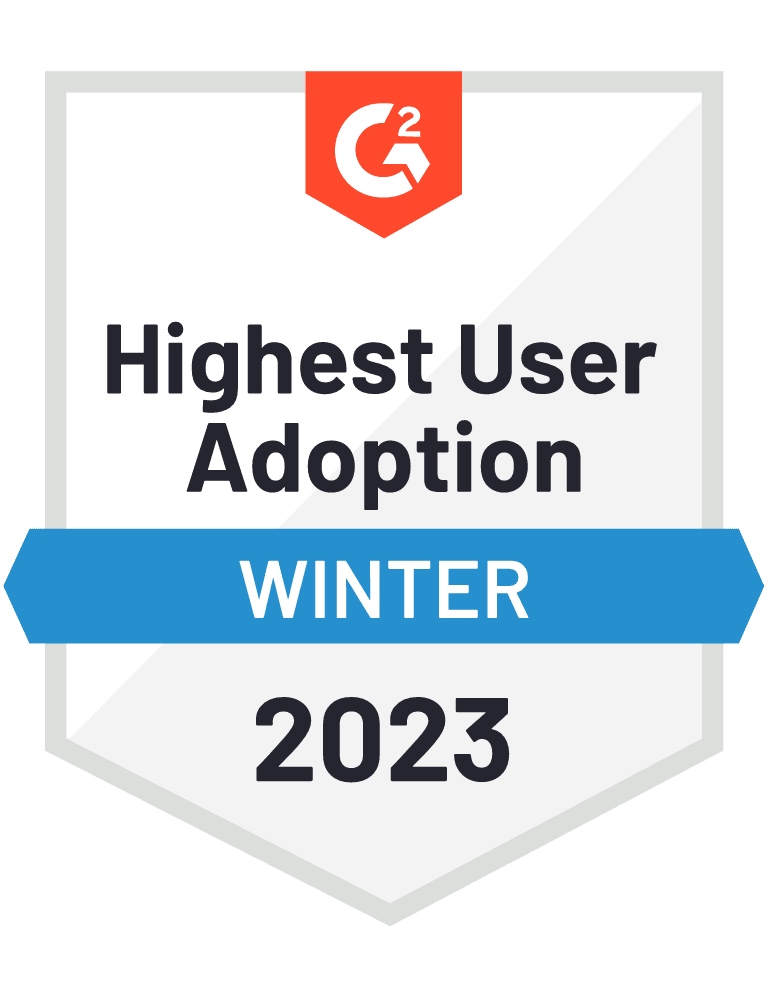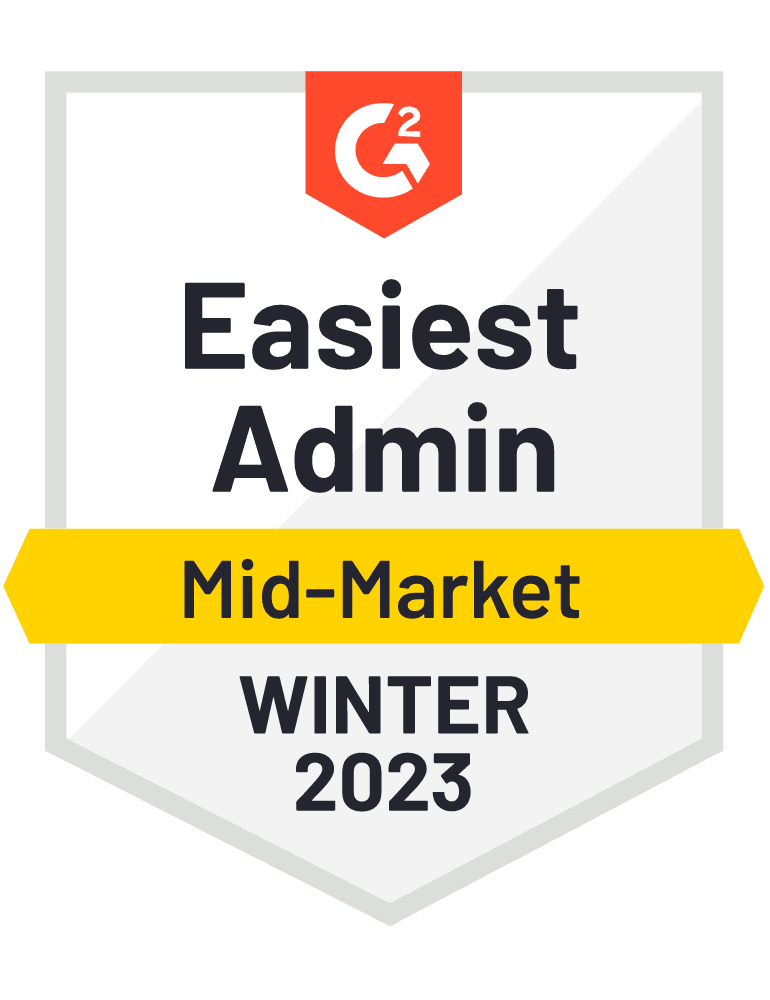2022 has flown by and once again, we are at that fun time of year where we need to remember the difference between an HSA and FSA – what do deductible and out of pocket mean again?
Many of the terms can be confusing, and beyond that, choosing a benefits plan can be very stressful for employees since this decision will impact them for a long time. To better help you and your employees, we have broken down a few of these very confusing terms below.
Health Savings Account (HSA)
Health savings accounts (HSAs) allow employees to save money on a tax-advantaged basis to pay for future medical expenses or save for retirement. The account is theirs to keep and use through changes in employment or benefits.
HSA Benefits
-
- Income tax-free payroll contributions
- Income tax-free payments for qualified medical expenses
- Income tax-free growth from interest or any investment earnings
- Low monthly premiums
- Ability to roll over funds and change contribution levels
The IRS sets maximum HSA contribution limits; for 2022, individuals can contribute a maximum of $3,650, up from $3,600 in 2021. For a family health insurance plan, you can contribute up to $7,300, an increase of $100 from the previous year.
Flexible Spending Account (FSA)
A flexible spending account (FSA) is a smart, tax-advantaged way to help your employees pay for eligible medical expenses. Types of FSAs include:
-
- Health care – an FSA that reimburses you for eligible expenses that may include certain medical, dental, vision, prescription drug, and qualified over-the-counter expenses not reimbursed by your group benefits plans or another source.
- Dependent care – a benefit plan that allows employees to use pre-tax dollars to pay for dependent care services incurred while they are at work. Typical expenses are incurred for the care of dependents under the age of 13 or older dependents incapable of self-care.
- Limited purpose – a tax-advantaged account offered alongside an HSA. Employees can pay for dental and vision expenses with pre-tax dollars without having to dip into their HSA.
FSA Benefits
-
- Income tax-free payroll contributions
- Funds from an FSA can be used to reimburse payments for medical care
The limit on annual employee contributions toward health FSAs for 2022 is $2,850, up from $2,750 in 2021, with the ability to carry over up to $570, up from $550 in 2021. Due to COVID, an exemption for the years 2021 to 2022 was made and an unlimited carryover was allowed.
Health Reimbursement Account (HRA)
Health reimbursement accounts (HRAs – also known as health reimbursement arrangements) help employees manage their health care spending and enable them to pay for health care through an employer-owned account.
An employer-funded HRA plan reimburses employees for eligible medical expenses. It can generally be used with any health plan with contributions from any vendor, and there’s no limit to the yearly contribution amount. HRA plan design is flexible; employers can establish a vesting schedule, automate reimbursements, and allow year-to-year rollover of unused funds.
HRAs can be used to pay for qualified medical expenses, which include prescription medications, insulin, an annual physical exam, crutches, birth control pills, meals paid for while receiving treatment at a medical facility, care from a psychologist or psychiatrist, substance abuse treatment, transportation costs incurred to get medical care, and much more.
There are four types of HRAs, each with different settings and plans:
-
- “Standard” HRA – the employer determines the account contribution amount. There is no governmental cap. A standard HRA plan may be provided by businesses of any size, and it must be made available to all employees under the same conditions.
-
- Individual Coverage HRA – instead of using the employer's group health insurance plan, it enables employees to pay for their own private health insurance rates. Other IRS-approved expenses may also be covered, as determined by the employer.
- Excepted Benefit HRA – covers "excepted" benefits, such as copays, deductibles, and vision and dental insurance payments. Long-term care, short-term care, and COBRA insurance are all things that EBHRAs can cover.
- Qualified Small Employer HRA - small businesses that don't have a group health plan and have less than 50 employees may provide a QSEHRA to cover health insurance premium costs.
Regulations for each HRA plan vary, particularly in terms of funding and permissible spending.
HRA Benefits
-
- Cost efficient
- Fixed cost
- Tax advantages
Ready to learn more about benefits and add a benefits administration system to your organization’s software arsenal but don’t know where to start? Look no further – visit our Benefits Administration page!
This information is for educational purposes only, and not to provide specific legal advice. This may not reflect the most recent developments in the law and may not be applicable to a particular situation or jurisdiction.


